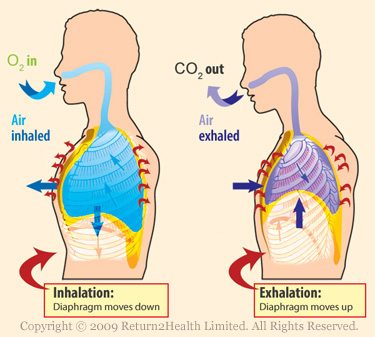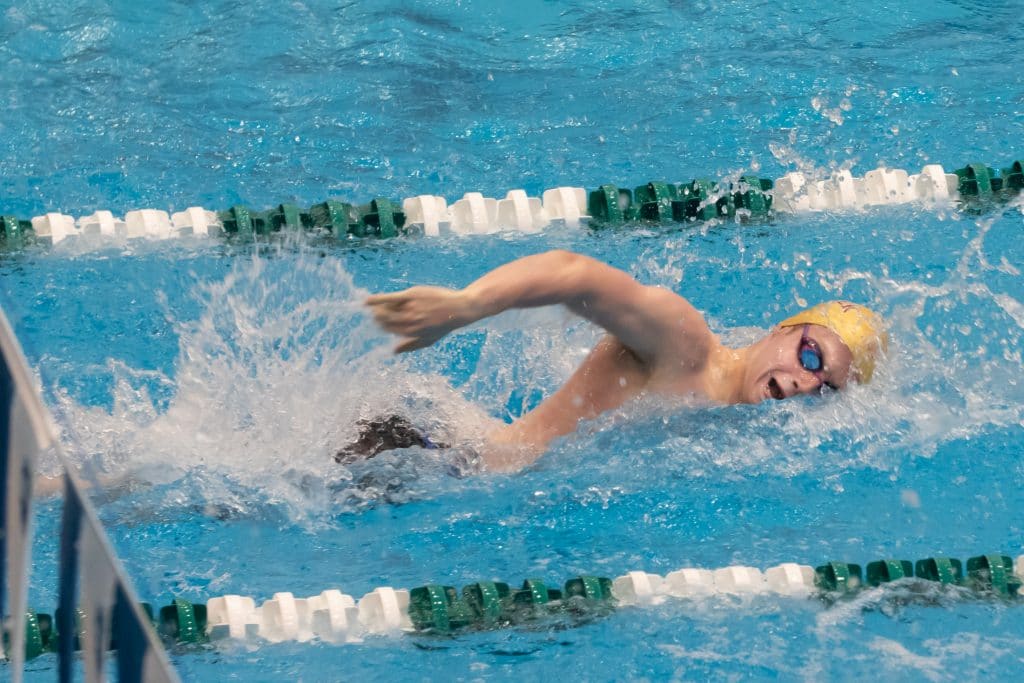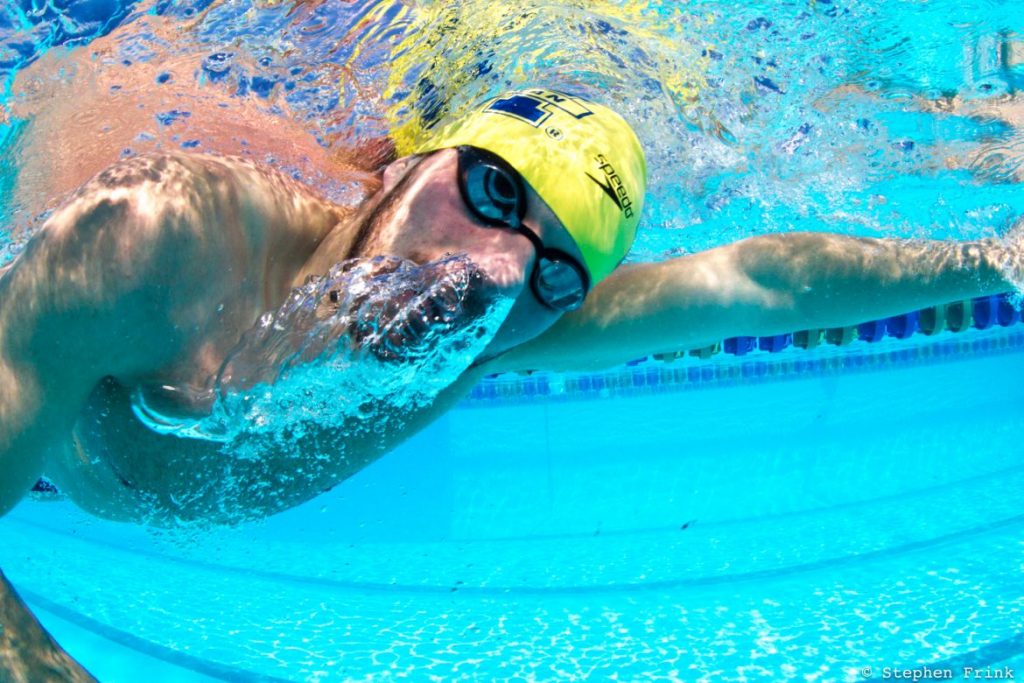Have you ever wondered what the proper Freestyle breathing technique is? Did you know there’s actually more than 1-way to BREATHE in Freestyle? In Swim Like A. Fish’s latest series, we are dissect all aspects of breathing in Freestyle and more!
Freestyle breathing is a FUNDAMENTAL component to having an efficient stroke. Just like we discussed in our breathing series, having a swimmer get a consistent source of oxygen is KEY to a fast swim. Were you ever taught how you should breath and what the cycle of inhale to exhale should look like while breathing? If not, you SHOULD read on….
The reason swimming is different than any other sport is because swimmers CAN’T breathe when they want to. There’s a part of this sport where an oxygen supply is just not available and swimmers are required to perform under this stress. As a result many swimmers end up holding their breath while they swim.

Holding your breath is actually not a bad thing, as it does increase a swimmer’s buoyancy–BUT, the issue is that as a swimmer is swimming, their oxygen levels are depleting and their carbon dioxide levels are increasing. Co2 is the body’s indicator that a swimmer needs to breathe–so having a huge amount of Co2 in the body alerts the brain that a breath needs to happen.

With this though, our body likes to make sure we are “safe” and at the point it alerts us is still with plenty of time before any permanent damage occurs. To put this all in perspective, a person can survive UP TO 3 minutes without oxygen. Past 3 minutes is when there is permanent brain damage can occur. After 6 minutes of no oxygen, a person’s brain will die.
With swimming, we will NEVER advocate for a swimmer to hold their breath for those extended periods of time above–but, what I’m trying to get you to understand is the body alerts us WAY before those times happen. I think we can all agree that after holding our breath for 30 seconds, our brain is already telling us we should breathe again soon.
So what’s the trick with this system and shuttling the gases through the body?
1.) Have a breathing pattern

It’s really important that a swimmer have a breathing pattern to ensure that consistent breaths are going to happen during their race. There is no point to racing and bouncing between periods of holding your breath and not. Your brain and body will flip out, and overall–your swim will not feel as good.
2.) You want to keep air in your lungs for as long as possible

This doesn’t mean you hold your breath after you inhale. It actually means quite the opposite. Remember above that we said Co2 is the body’s indicator to breathe? Well an easy way to counter act that is to SLOWLY exhale after you stick your face back into the water from a breath. What this does is SLOW DOWN the increase of your Co2 levels and delay the alert to your brain that your body is running out of oxygen.
So the cycle of breathing should be an inhale, followed by a slow-release exhale (while swimming), and then lastly–a HUGE exhale right before you turn your head to take the next breath.
Another great component to this breathing pattern above is it forces a swimmer to hold a lot of gas in their lungs throughout their stroke (back to that good ol’ buoyancy thing above huh 😉 )
3.) The slow exhale while swimming should be similar to blowing bubbles

Think of the slow exhale while swimming as similar to the original way you were taught to blow bubbles as a kid in your learn-to-swim program. You want a really small orifice of your mouth and air to be releasing through your lips. The more you can control the rate of the air leaving your body, the more air you keep in your lungs, the better aerobic shape you’ll be in, and the longer you will delay the signal to your brain that you need to breathe again.
Be sure to stay tuned for Part II of this series, where we will discuss the two different technique ways to breathe in Freestyle.
Until Next Time,
Abbie Fish

9 Responses
I am unable to sign up for the newsletter. I want to but I get a message “409”, unable to subscribe.
Susan! We are experiencing some technical difficulties on the backend with our CRM software. I hope to have it back up and running as quick as possible. If you’d like, please email me at [email protected] with the email you’d like included on the newsletter list and I’ll manually make sure you’re added! Thanks, and I apologize!
Would you say that you should slowly exhale during a 50 meter race as well? Intuitively it feels like you could get more power output from each stroke if your lungs are full (kind of like lifting a heavy weight).
Thanks for the article, really liked it 🙂
Hey Niklas,
Thanks for the comment. You’re absolutely right on the body’s ability to float a little higher with more oxygen in the lungs and the reality of doing this breathing pattern for a 50–won’t be very slow or smooth. You really will just be oscillating between a forceful exhale and an inhale, especially if you’re tempo is high and you’re breathing every stroke anyways. If you’re not breathing every stroke, then yes–you should exhale slowly to avoid triggering your brain that you need to breathe earlier than you need to.
Hope that helps.
-Abbie
Oh wow. I do the slow exhale, but not the strong exhale before I take another inhale. So it always feels like I am holding my breath. Thanks for this article. I actually stopped freestyle because of this issue and have only been swimming back stroke and breast stroke. Looking forward to my next swim!
Let us know how it goes!
Thanks Abigail for posting this info.
I’m 66yrs and a newbie at learning to swim.
I have struggled with my breathing technique in freestyle swimming.
I will release air hard before coming up for a breath.
I hope I can master this
Thanks so much
Rita😁🤗
Rita! You’re so welcome – I hope so too. How’s it going?